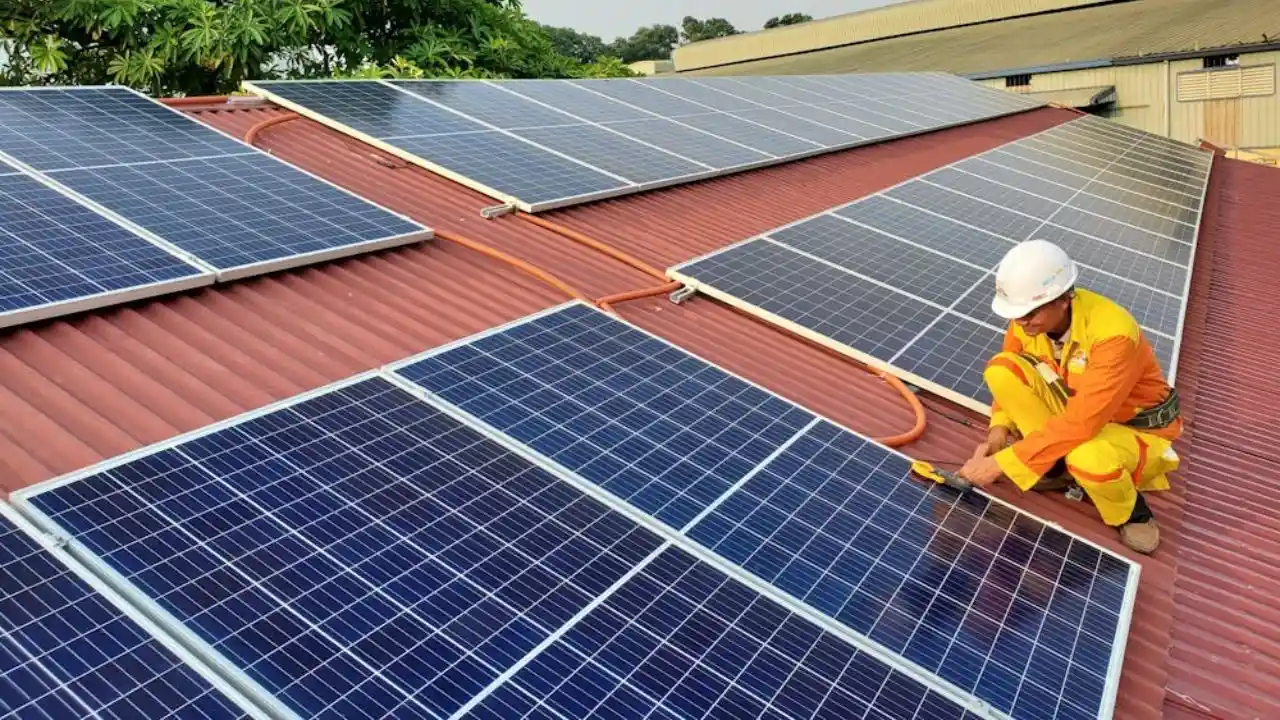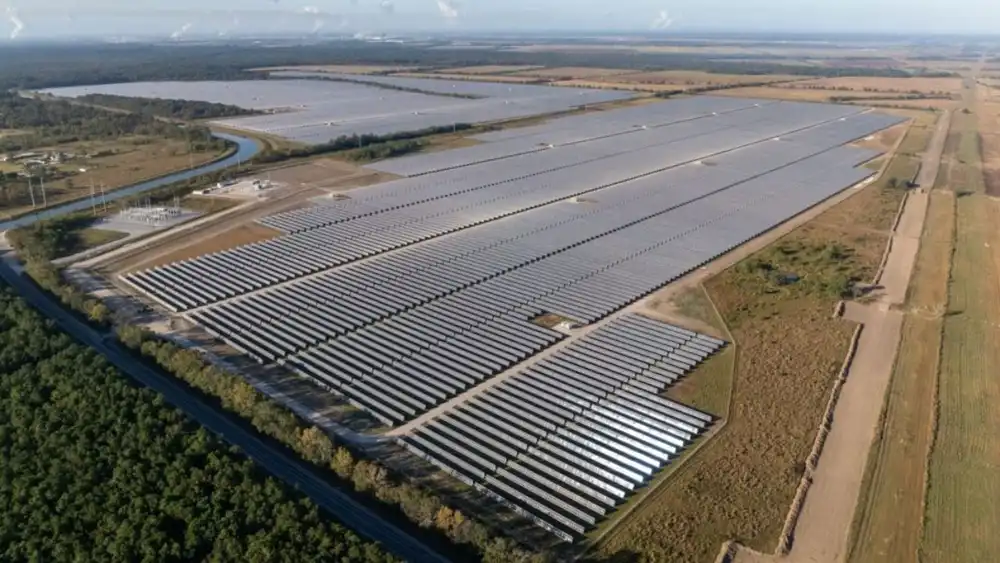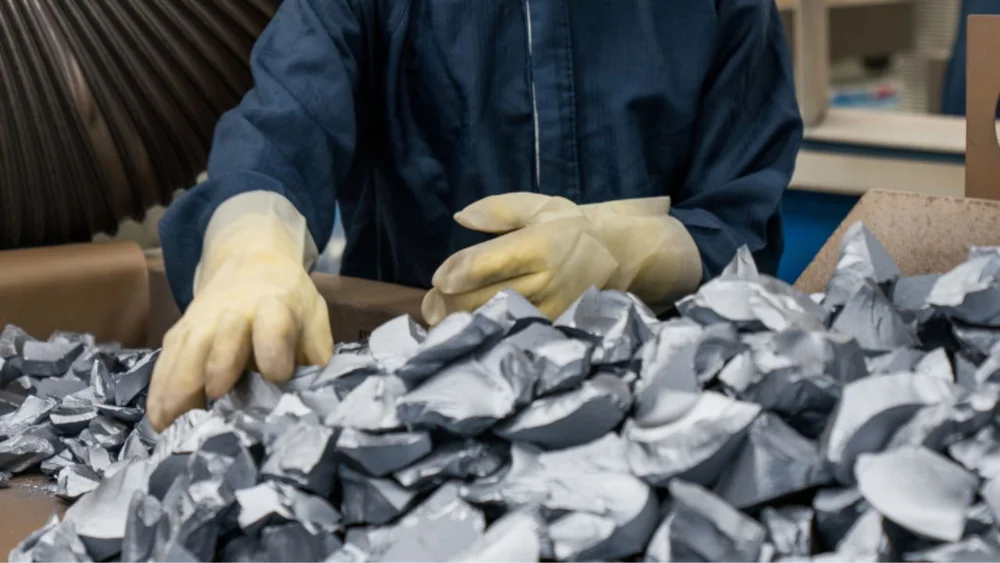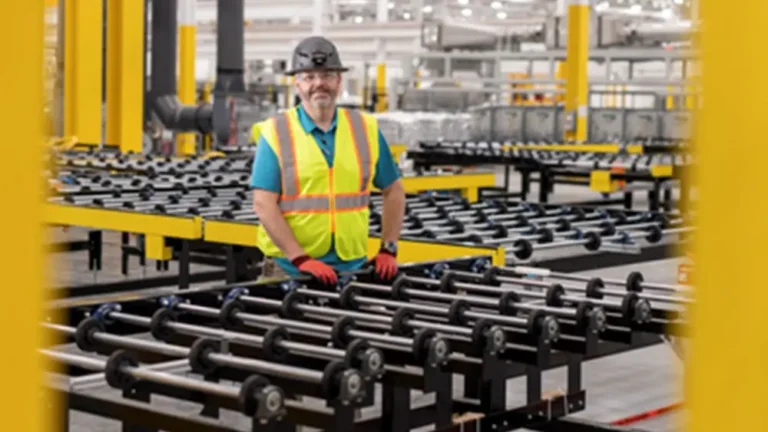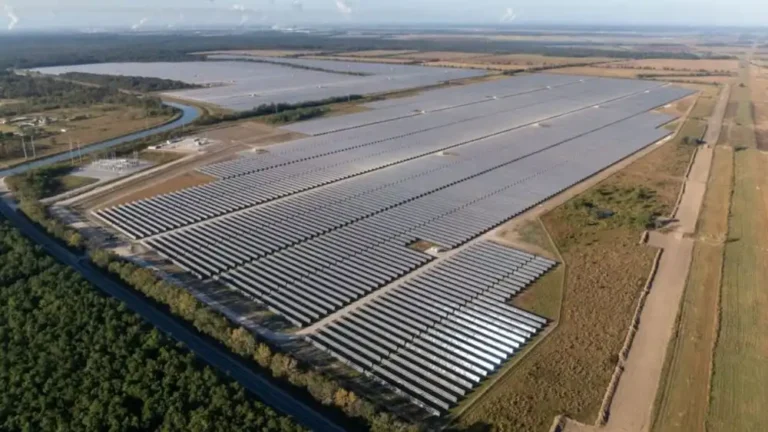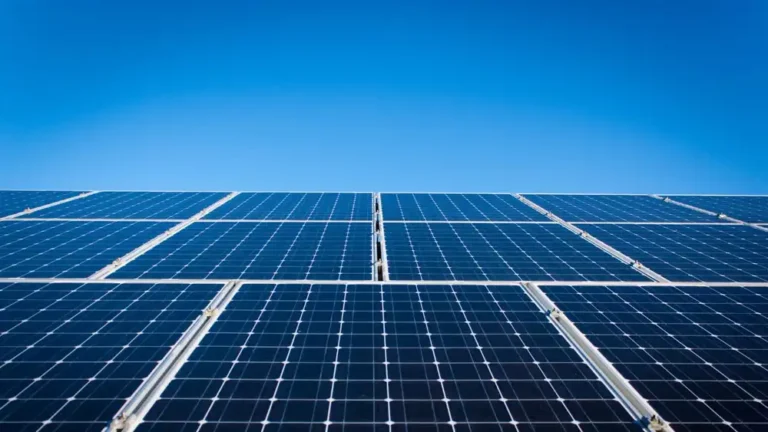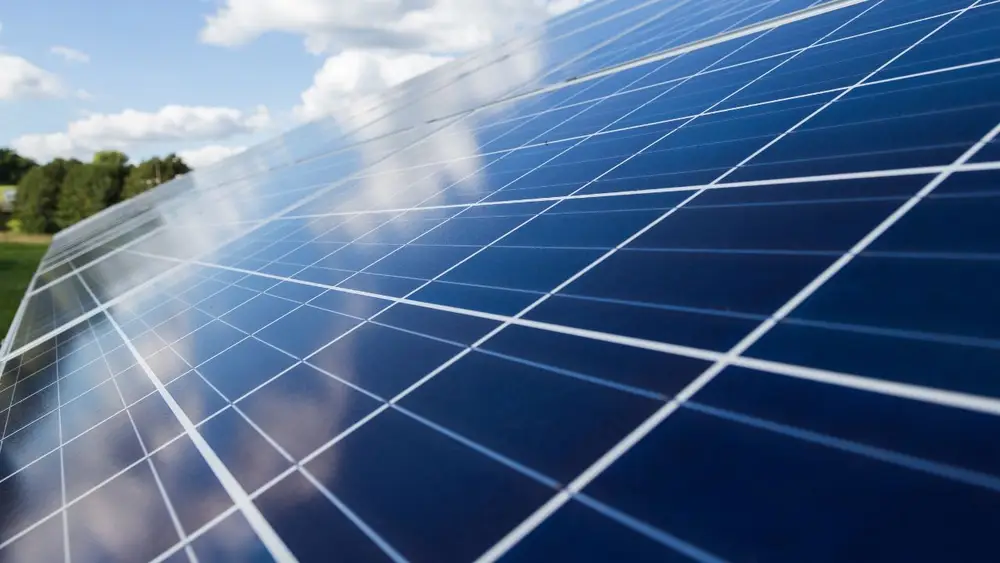
- DTE Energy starts construction of its largest solar park, Sauk Solar, in Michigan.
- The 150MW facility will power about 40,000 homes.
- It’s the first of six new solar parks DTE plans under the MIGreenPower program.
- The project is part of an effort toward Michigan’s 60% renewable energy target by 2035.
DTE Energy, the largest investor in renewable energy in Michigan, has started operating its biggest solar park, Sauk Solar, in Branch County, in the central part of Michigan. The facility comprises 150 megawatts of electric power and will supply clean power to some 40,000 homes. DTE’s new solar park expanded its footprint in the space of renewable energy. Furthermore, it is well-suited to the clean energy goals in Michigan, thus presenting a step forward for DTE in its CleanVision MIGreenPower program.
Also read: Hawaii Gas Seeks Rate Hike Amid Renewables Shift
Sauk Solar is a landmark project for DTE, featuring close to 347,000 solar panels. It more than triples the company’s second-largest solar park in Lapeer. In Michigan, where demand for clean energy is increasing, projects like Sauk Solar are critical for meeting renewable energy standards.
Under Michigan’s new renewable energy framework, utility providers are expected to generate at least 60% of their electricity from renewable sources by 2035. DTE’s ambitious solar initiative through MIGreenPower positions the company to support these statewide goals while advancing its own commitment to carbon neutrality.
Matt Paul, DTE Electric president and chief operating officer, said that this is not one single achievement but part of a bigger strategy for renewable energy. “As our largest solar park yet, Sauk Solar is a major accomplishment for DTE and all the teams that made it happen,” said Paul. He said this is just the launch, and DTE plans to build five additional solar parks, each contributing to a cleaner energy portfolio for Michigan.
Also read: BP Completes Lightsource BP Acquisition, Expands Solar Power
DTE finances the CleanVision MIGreenPower program, which finances its new solar parks. The investments come from customers who volunteered to pay more for renewable energy sources. DTE aims to avail the clean energy sources across Michigan, opening a straight avenue for customers to pay for renewable energy investments, with this being the most prominent project in the venture by DTE for their future ventures in the renewables area.
Phase out coal as a fuel source entirely by 2032 and to a balanced portfolio of wind, solar, and other clean energy technologies. Expanding MIGreenPower helps DTE get ready to meet those goals in the best possible way while helping meet the state’s emerging sustainability and development targets. All of DTE’s partnerships with local communities helped make this happen, and the launch of the Sauk Solar project is no exception.
The Sauk Solar project has had an overall positive economic impact on Union Township and Branch County, providing employment opportunities and bringing in income to the local community. Local leaders have welcomed the project, saying it will be a long-term benefit for the region. “DTE has been an excellent partner to work with,” said Norman, Branch County administrator. “We’re not just creating a cleaner world for the kids and the grandkids, but we are bringing real, lasting change to our local economy.”
Also read: Wind Energy’s Role in Transforming Rural America
The development of clean energy infrastructure takes economic benefits beyond construction work to the larger economy. Medium- and long-term, solar parks decrease emissions and energy costs for local communities and businesses and contribute to a more resilient rural Michigan economy. It puts Branch County squarely in the state’s energy transformation, an example of what has been going on in Michigan.
With Sauk Solar, DTE Energy continues an important step toward a cleaner, greener Michigan: through a new solar array producing enough energy to power 40,000 homes and plans to construct five more. Projects such as Sauk Solar will become key steps toward a vision that pushes the state to reach its goal of 60% renewable energy by 2035 and sets a new standard for providers across the region.

